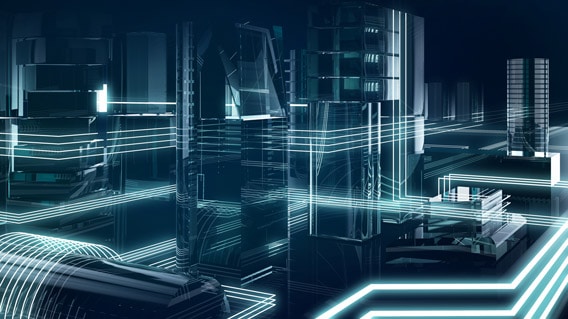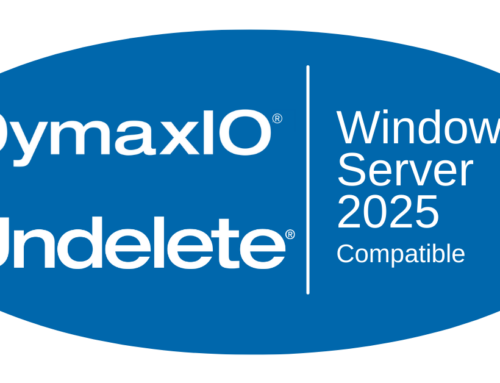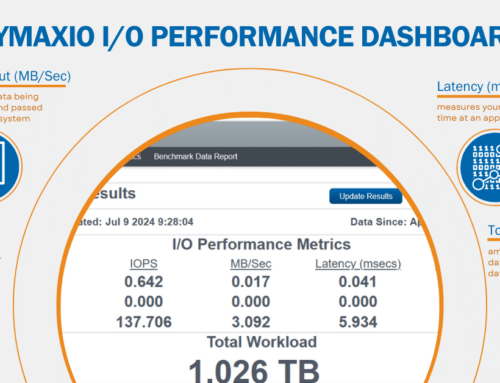Breathtaking Performance Improvements
A couple of years ago I wrote an article titled “The Revolution of Our Technology”. The point was to not only give people a sense of our history, but also our future. It delved into the fact that we are constantly looking at how to stay ahead of technology so we can continue to provide truly breathtaking improvements in performance for you, your users, and applications.
I’m a geek – what can I say
Let’s face it, technology changes rather quickly. I’m a geek – what can I say? My desktop is a refurbished Dell box that I customized. It is far more capable than most servers I’ve used. Truth be told it is probably more capable than most servers our IT group currently has deployed. I’ve been thinking of building my next-gen box and the possibilities are pretty amazing from a pure geek hardware point of view.
But guess what? I still get performance bottlenecks from time to time. Of course, much like you, they don’t happen when I don’t really care about performance. They happen when I need maximum performance the most! So how do I deal with it? I start with running a Condusiv® Performance Enabling product that removes most of the biggest slowdowns related to Storage. And even I am impressed with my dashboard results, especially when I look at the analytics page and see the benefits during the hours when I am actually using my system.
Storage Still Presents a Bottleneck
Even though storage is getting faster and cheaper, it still presents a bottleneck. And for me, with a pretty state of the art system, it rears its ugly head often because I have dozens of opened apps and windows, besides several VMs doing stuff. By the way, I have tripled the number of things running on my system after getting two 4K monitors. You too want to do a LOT more stuff on your systems also, correct? And with all that extra load, I have more stuff causing potential performance issues.
So why DymaxIO?
So why DymaxIO™ (which by the way, is the Condusiv Performance Enabling product I run)? Well, as I pointed out in my prior article, we have created lots of technologies to keep your systems humming along during the highest usage periods when the annoyance of the poor performance ripple effect happens due to workload. We remove lots of I/O bottlenecks that your applications, your database, and even Windows do not even think about. And we remove a lot that they think about but do not do a very good job optimizing.
We’ve also bundled various technologies into different products depending on the technologies you want to optimize most – V-locity for Virtual systems, Diskeeper for Physical systems, and SSDkeeper for systems that predominately use flash storage to handle the specific issues that result from flash technologies.
Keeping our Crystal Ball Polished
As I stated earlier, we always try to keep our Crystal Ball polished so we can stay ahead of the game. The truth is that most systems have a mix of issues that affect performance and system longevity that need to be dealt with using a holistic approach. And even though we’d all like to think that Windows and your applications have handled most of these, the fact remains that the issues that generate a lot of the noise to storage still exist. Faster storage is nice, but your system still has to process the noise that gets even worse during peak usage periods. And now you start running into issues outside of storage with bus and network traffic causing even more bottlenecks. I could go on about this ripple effect until your eyes rolled back in your head, but I’ll spare you the drama.
DymaxIO is a recognition on our part of the continuing shift in technologies and new realities in terms of performance. DymaxIO already has technologies in it to deal with issues that surface with technologies such as All Flash, Hyper-Convergence, and Cloud. DymaxIO also sets the stage for new generations of technologies we will be rolling out to address new bottlenecks happening because of changing technologies.
Get on board and do more with what you currently have.
Rick Cadruvi, Chief Architect






Leave A Comment
You must be logged in to post a comment.